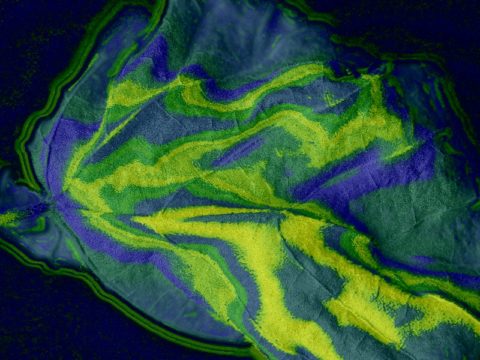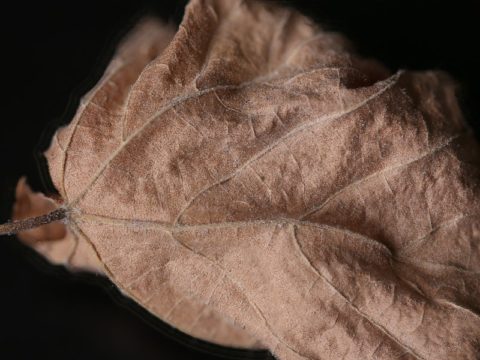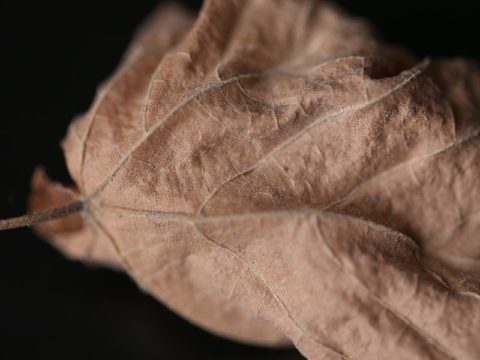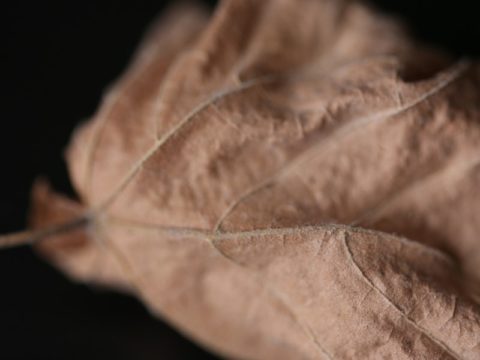UPDATE TO ANOTHER UPDATE: The Canon utility was hopeless, luckily I found a bit of open source software that takes back control much better and used it to focus stack yesterday morning’s moth and then combine the images, to much better effect.
ANOTHER UPDATE: It seems that the Canon EOS Utility should allow me to automate the process focus bracketing with my 6D…just installing and will test with tomorrow’s moth…assuming there’s another stunning species to photograph…may give it a miss if it’s just another Clouded Drab.
UPDATE: Been taking another look at this and applied focus stacking to my latest moth photo. There are several programs for focus stacking (Photoshop has it built in), Helicon Focus, Zerene Stacker, Picolay, and CombineZP (there are many others just search for focus stacking software). There’s also a tool for Canon dSLRs, DSLR Bracketeer, that lets you do the focus bracketing automatically and then you do the stacking in an app of your choice. There’s also a tool that lets you do the focusing on a bigger screen, like a tablet or computer, CamRanger, but you need a wireless tethering device. (Then there are camera rails!)
A narrow depth of field (DOF) has its pros and its cons in photography. Portraits often benefit from a nice sharp focus on the subject’s eye, but everything out of the plane of the face being out of focus so that backgrounds are blurred. In landscapes, the opposite is often required: foreground, middle ground and distance all needing to be nice and sharp (depending on your artistic wont, of course).
Fundamentally, DOF depends on the focal length of the lens, where you focus it and more importantly the f-stop you choose. The f-stop is the size of the aperture, essentially the hole that lets light into your camera. f-stop is given as a fractional ratio to the lens’ focal length of the maximum size it can be opened. So, f/2.8 is a big hole letting in lots of light (and needs to be balanced against a shorter shutter speed and/or lower ISO to get a properly exposed shot). Conversely, f/22 is a smaller hole and lets in far less light so requires a longer shutter speed (see my starburst article for diffraction effects possible with such an f-stop).
A larger aperture (smaller f-stop number, meaning a bigger fraction of the maximum size) means more light but a shorter DOF. This is part of the reason why things look blurry under water – there’s less light and so the pupils of your eyes open wider meaning a shorter DOF for your vision. Children who spend a lot of time swimming underwater without goggles can grow accustomed to the light levels and find that their pupils narrow and they can see sharper detail. I wrote about this effect among the Moken people for Discovery Channel back in the day.
Anyway, when you’re shooting close-ups of flowers and insects and such DOF becomes a real issue. With a 1:1 macro lens you are hoping to get the most detail possible but if the lens is within a few centimetres of the subject, then parts of the subject a few millimetres in front or behind your focus will not appear sharp. A top-notch lens with the possibility to shot with a slightly smaller aperture, provided there is sufficient light and without pushing the ISO to noisy high levels might get around the problem. But, there is another way.
You can focus stack your subject. Bracketing the point of focus from the closest to the farthest points on the object of your photographic desire. This is akin to creating genuine HDR (high dynamic range) photos where you expose for the dark, the mid-tones, and the highlights, stack the images together and create a composite that is neither under- nor over-exposed on any of those regions. Focus stacking brackets the focus and creates a composite.
There are plenty of HDR apps available, indeed some cameras and smartphones have an HDR mode that takes a series of photos very quickly one after the other with the bracketed exposures, stacks them together and erases the areas that are too dark or too bright, to give an even exposure. Works wonderfully in cathedrals when photographing the knave and altar and bright stained-glass windows in a single shot.
There are fewer “apps” for focus stacking, but there are some available (as discussed here). I found a piece of software called Picolay, which seems to do a nice job. It has lots of settings, but you can let it run on autopilot. You take a series of photos with the focus at different points on your subject (preferably done with a tripod and remote shutter to make them as near identically positioned in the frame as possible, focus aside).
You load the focus bracketed photos into the software and hit “go”. It calculates where the sharpest regions are in each photo, stacks them all together and essentially erases areas that are not sharp, giving you a composite that has an apparent DOF much greater than has any of the individual photos in the stack.
I plucked a crumpled leaf from our grapevine, set it up on a black plinth, put the camera on a tripod close to the leaf and moved the latter to frame it nicely. I then manually focused the macro lens on different areas of the leaf and snapped a dozen or so shots.
The shot below shows the software’s analysis of the stack of photos, I am assuming brighter colours meshes with sharper focus.

The following shot shows the processed stack, where much more of the leaf is in focus compared with any of the individual photos.

Here’s a photo of the leaf in which I’d focused on the upper portion of the frame rather than the main vein

And, here’s one where the main vein is in focus, you will notice that neither of these shots is wholly sharp, whereas the stack above looks mostly crisp across the whole frame.

It’s not perfect and there are artefacts where the frames didn’t match perfectly. I did the experiment quite quickly. For a proper photo shoot, I’d spend more time setting things up just right and probably use a diffuse light source and maybe I ring-flash. Ensuring each source photo is pin-sharp, each region of focus is vital. The potential is there. I suspect, and I haven’t checked, but some smartphones with multiple cameras and such probably have such focus stacking built in and ones that supersede the Lytro focus-free camera can presumably take this to the next level.